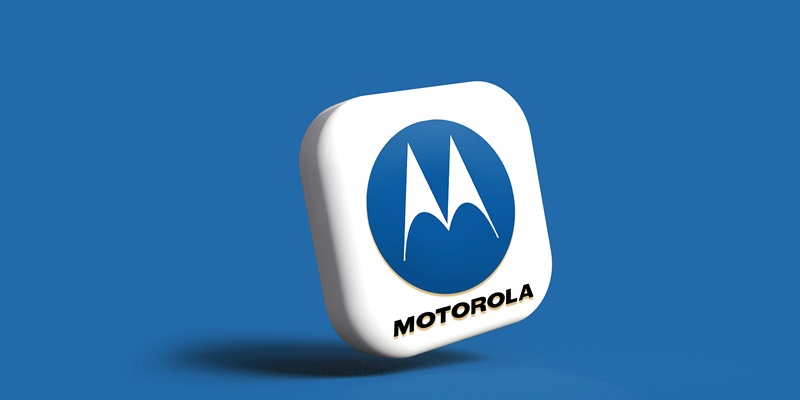In a bold move that bridges technology with cultural preservation, Motorola has unveiled a groundbreaking advancement for linguistic diversity: the world’s first smartphone interface in Ladino. This initiative not only sets a precedent in tech inclusivity but also signals a meaningful commitment to cultural heritage. Motorola’s Edge 50 series—spanning the Edge 50 Ultra, Edge 50 Pro, and Edge 50 Fusion—now extends a digital lifeline to the ancient language of Ladino, predominantly spoken in the Dolomite valleys of Italy.
Preserving an Endangered Language
A Unique Interface in Technology
The introduction of a Ladino interface is more than just an aesthetic or nominal feature; it represents a lifeline for an endangered language with a speaker base of roughly 30,000 individuals. This integration by Motorola opens up new avenues for the sustainment and accessibility of a lesser-used language, bringing it to the forefront of modern communication. Offering this interface in a range of devices that are known for their advanced artificial intelligence capabilities in photography—and approved by Pantone for their color quality—Motorola places cultural diversity on the same pedestal as technical innovation.
A Commitment Beyond Words
At the heart of this endeavor lies a deeper commitment to cultural identity and the preservation of human communication in its most diverse forms. Jürgen Runggaldier, the director of the Ladino Institute Micurá de Rü, praised Motorola’s initiative, pointing out its potential to make the Ladino language more attractive to the youth, ensuring its continued use. Small yet significant, the inclusion of Ladino is a step towards making technology more personal and relevant to communities who often feel unseen and unheard in the digital landscape.
Navigating Challenges and Recognizing Potential
Overcoming Developmental Hurdles
While pioneering, the task of adding a minority language interface is fraught with challenges, from the complexities of extended research to concerns regarding commercial viability. Engaging with a minority language like Ladino requires linguistic experts to accurately reflect the nuances of the language in the digital interface. Motorola’s venture is testimony that commercial success is not the sole driving factor in tech innovation; there are deeper, more altruistic goals at play that align with UNESCO’s mission to uphold and celebrate linguistic diversity.
Embracing Heritage Through Technology
Motorola has taken a significant step by blending cutting-edge technology with efforts to preserve global cultural heritage. They’ve released an innovative feature that caters to linguistic diversity: the first-ever smartphone interface in the Ladino language. This pioneering effort goes beyond mere technological achievement; it embodies a deep respect for cultural traditions.

